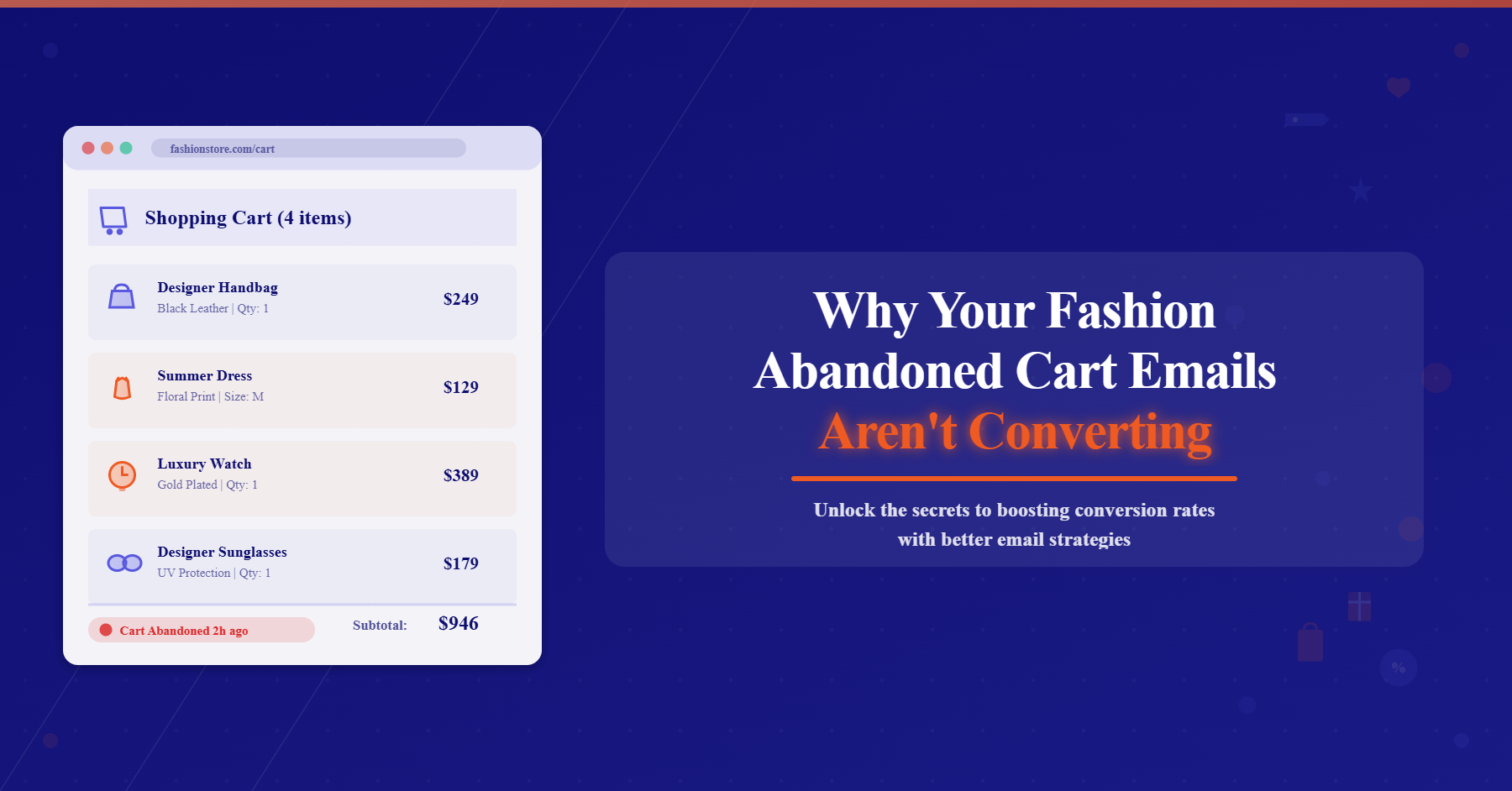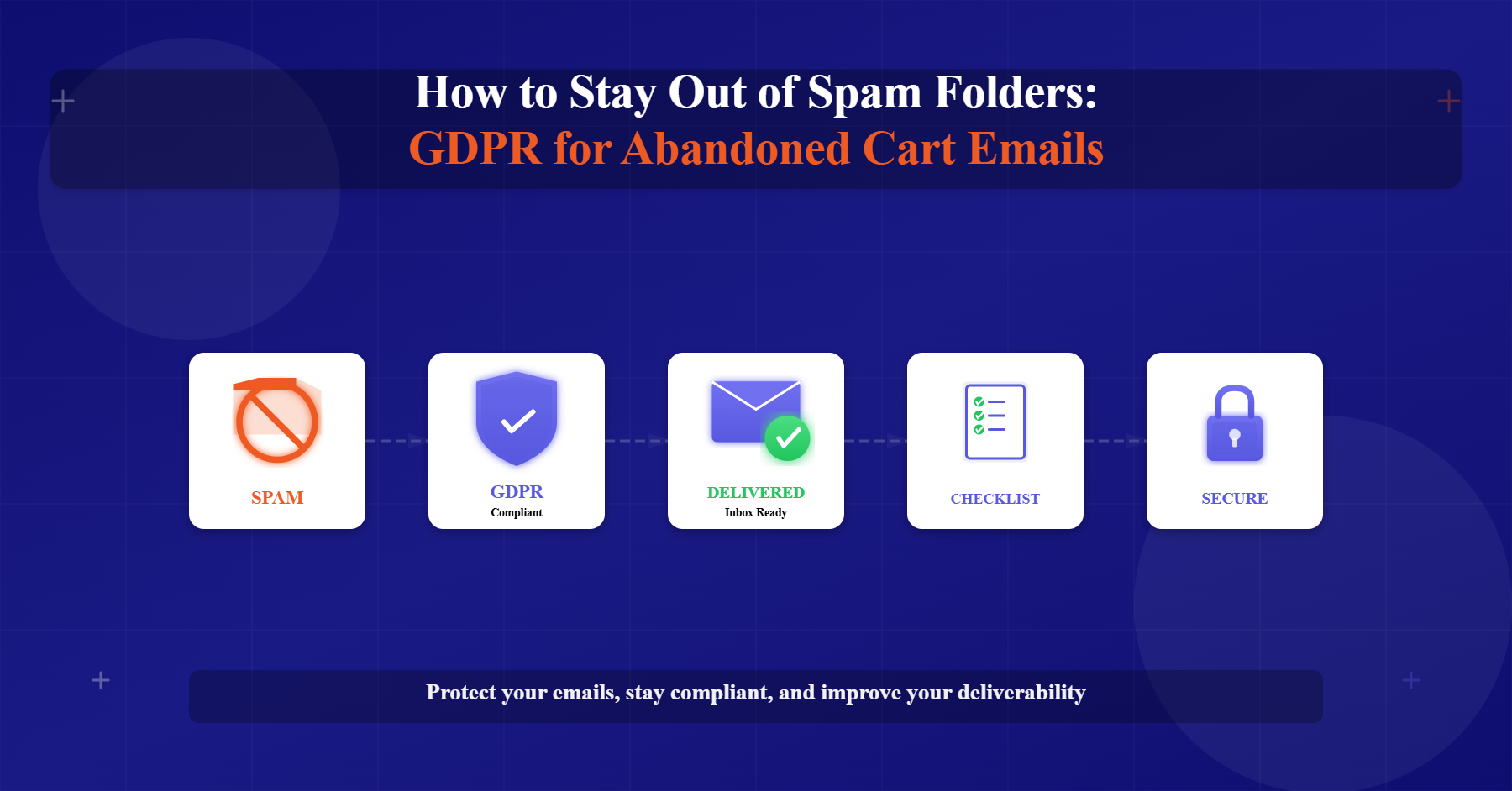Email copywriting breakdown is a crucial factor to follow in any email copy. The most frequently asked question is how to write an email marketing copy for a business. This post will help you find the answers. Instead of telling what you already know, this blog will give you exact tips to write the best email copy for your email marketing.
One of the most efficient marketing methods is to write an excellent email copy or an online advertisement. So, the success or failure of the email marketing campaign depends mainly on how well they are written.
Email marketing has been proven to be an effective way to increase sales, build your brand and company reputation, keep in touch with customers, and even grow your profits.
However, to make sure your emails reach your audience and increase engagement, it’s essential to write excellent advertising copy that is persuasive enough to make your audience take action.
Email Copywriting Breakdown – Tips for Drafting A Better Email Copy
1. Understand your audience
Your first step in effective email writing is understanding whom you are writing it to. When you more precisely define your audience and why your audience might engage with your content, the better you can craft your message.
You should consider your specific audience in mind and include the relevant information in your message depending on –
- Demographics – Age, gender, location
- Degree of product knowledge
- Behavior – Have they already purchased from you? Do they have any interests that relate to yours?
- Psychographics – Attitudes, Motivations
- Value – What’s in it for them? How will this help them?
2. Personalization is a big deal
Personalization has become a pretty popular trend in email marketing over the past few years, and for a good reason. When you do well, personalization can improve your open rates, click-through rates, conversion rates, and customer retention, among other things. When you do poorly, impersonal emails remain in the ocean of emails.
A study has shown that personalizing email copy by including the recipient’s name in the subject line can increase open rates by 19.3% and click-through rates by 10.7%. When you consider that the average person receives over 100 emails per day, that’s a lot of lost opportunities to get your message in front of interested eyes.
This doesn’t mean you should start throwing names at people randomly. Personalization is about more than just slapping names into your subject lines; you need to incorporate names into your email content as well.
Personalization is about tailoring your content to fit each person’s needs and interests than just changing the individual’s name.
3. Focus on the subject line
The subject line is your most important weapon in email marketing. It’s what people see first, and it can make or break your email. So, how do you write a better subject line?
Here are some tips to help you create more effective subject lines:
Be concise:
The main rule to keep in mind when writing subject lines is brief. Most people don’t want to receive long emails or read your email, so you should use short, intense words to catch their attention and make them want to open your email. Avoid being too short since you might lose the message.
Make sure that it stands out:
You can accomplish this by using exclamation marks or any correct emoji symbols. Make sure that it’s not misleading but still interesting enough so that people will open it. Keep in mind there are various emails, such as newsletters, promotional messages, and transactional messages, so make sure that you cater to your subject lines accordingly.
Use numbers:
Numbers are solid motivators for making decisions, especially when multiple options are available before them. For instance, numbers such as “2 days left,” “1 hour only.”
4. Make it conversational
If you’re sending out a newsletter or marketing email, don’t be like everyone else that sends out boring and robotic emails.
Write as you speak, which makes the email easier to read. The email is meant to take the desired action, such as filling out a form or buying your product. Don’t make your audience get frustrated with the email, so make it easy to understand and relate to what you’re saying.
When writing your next email, think about how you would explain something to your friend in person if you were talking with them about it.
It not only does keep your emails from sounding robotic, but it also stimulates the reader because they are engaged in reading your words and aren’t just skimming over them.
5. Make it simple even for ordinary people
Whether you’re writing a description for your product, services, or newsletter to subscribers, it’s vital to engage your readers in a simple way.
The first step is to simplify things. It’s also important to realize that people don’t read like computers and make decisions at the first sign of anything complicated or unclear.
Test it with actual people before publishing it if you want to ensure that your copy gets a positive reception. And ask respondents which one they like best before launching it into the email campaign.
Even if you’re not testing copy with real people, you can still get valuable feedback from skilled professionals for writing better email copywriting breakdowns.
6. Do A/B testing
One of the soundest ways to test your copywriting is by conducting an A/B split test, which compares two different emails against one another to see which one performs better.
Do A/B testing before actually executing the campaign. Doing proper testing helps you figure out what works for your audience. It’s vital to test subject lines, offers, calls-to-action, content, and CTAs before sending the actual copy in bulk.
You can also try different images or videos attached to your emails. This will help you determine what works best for your audience and significantly you can enhance your email copywriting breakdown.
7. Adhere one CTA at a time
On average, emails with just one call to action convert at three times the rate of those with multiple CTAs.
If you’re currently running a campaign with multiple CTAs, pick one to focus on and ditch the rest. If you have more than one call to action in your email, your customer will likely be confused about taking further action.
To get a better conversion rate of your emails, try testing an email with a single CTA against one with multiple CTAs. You will be amazed to see a single CTA’s result.
8. Talk about benefits, not features.
When people talk about marketing emails, they direct them to the “features” of the product or service that they’re offering.
Instead of focusing on product or service features, focus on what your customer will gain in using your product or service.
People don’t care about what a product does. They want to know what it will do for them.
For example, let’s say you’re promoting an online yoga session. Instead of saying that you are offering 3 hours of a live yoga session free on the first day, try something like “Doing yoga improves your strength, balance, and flexibility.”
If you show people how something will make their lives better, they’re more likely to open and engage with your emails in the future.
9. Keep jargon to a minimum.
One of the most common mistakes I see in email marketing is the overuse of industry jargon.
It can make your emails less helpful to recipients, and it makes you sound more like a robot than a human being.
By avoiding industry jargon in your email copywriting breakdown, you will be able to write more relevant emails to your customers, easier to understand, and stand out from your competition.
Wrap Up
Many of your recipient’s decisions have already been made automated when receiving a bulk email. If you fail to offer anything new or valuable, your emails would be one more channel to join your audience’s already crowded inboxes.
A well-written email is key to winning your audiences and boosting engagement. Hope this email copywriting breakdown will help you craft a compelling email campaign and help you develop a strong relationship with your subscribers or audience.








